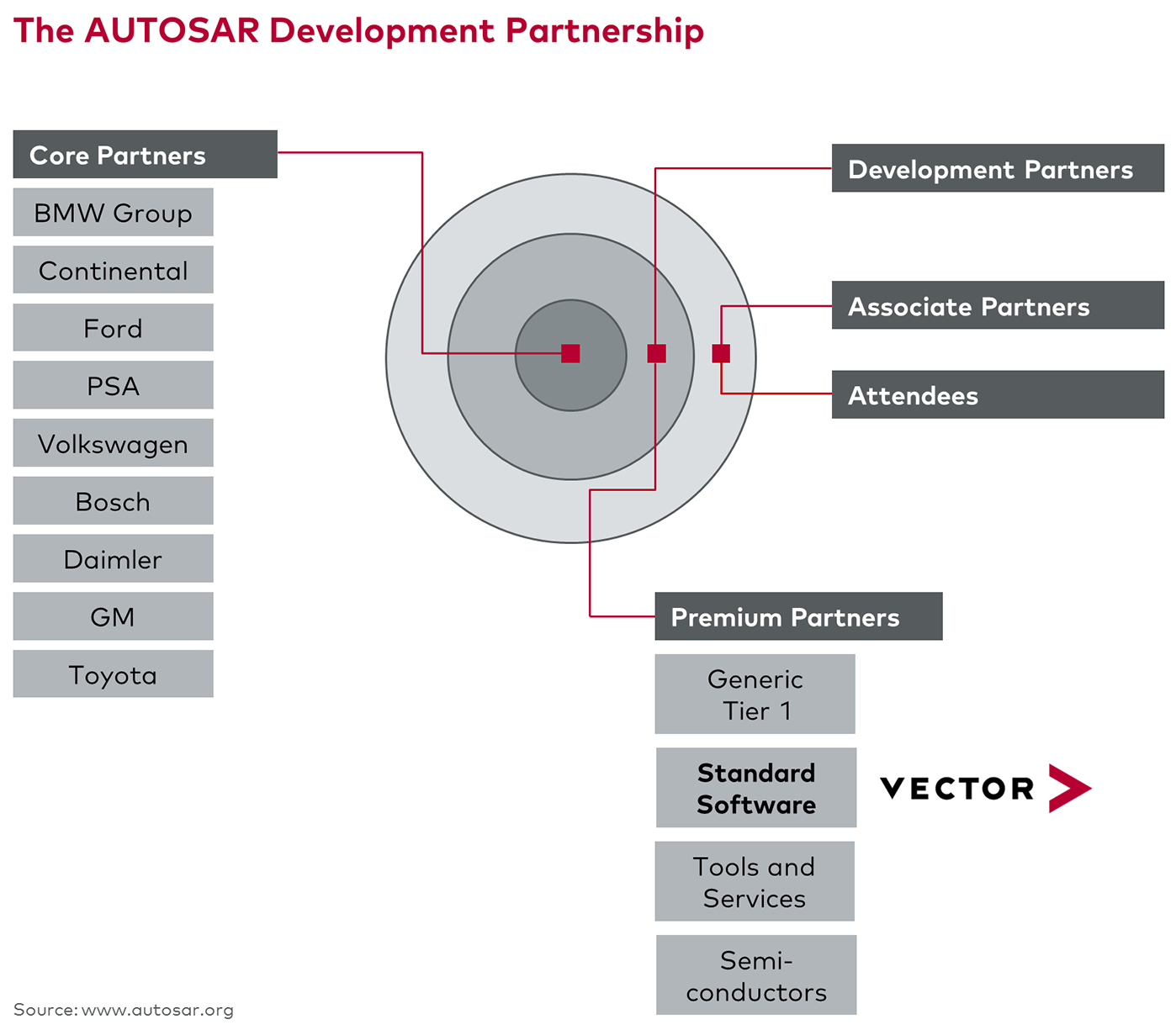What is an Autosar Training Program?
Autosar stands for Automotive Open System Architecture, founded in 2003 by Major Automotive Players worldwide. A standard lays out an open and normalized programming design for car electronic control units (ECUs). This standard is known for the software which runs on the ECU to control all aspects of a moving vehicle. This affects engine control, seat heating, headlights, and everything else on the vehicle. Car manufacturers and suppliers use this software in the automotive industry.
AUTOSAR utilizes three-layered engineering, which incorporates essential programming, RTE, for example, Runtime climate, and application layer. Classic platform and adaptive platform are two standards used in autostart development.
Autosar training is suitable for Engineers, Embedded Developers, and Automotive Team Leaders with hands-on experience in controllers, coding, and system implementation who can learn Autosar to enhance their skills.
AUTOSAR has carried out a layered architecture like the OSI model. It has various layers to deal with and various unique activities of code. AUTOSAR is utilized for microcontrollers that target applications, for the most part, in car space that uses CAN, Flex Beam, Ethernet, and so on. Being employed in applications in light of microcontrollers, it is created to involve the least memory conceivable, as microcontrollers have asset limitations.
Components of AUTOSAR
Application Layer: This layer contains the application code on top. Depending on the application, it may have different application blocks called Software Components (SWC) for each function. For example, power windows and temperature measurement functions will have their SWC. It is not a standard but depends on the Designer.
AUTOSAR RTE: This is one of the essential layers of AUTOSAR; it ensures communication between different SWCs and computers. The application layer uses this layer while communicating with other layers below using ports.
Service Layer: This layer provides various services to the application. Services such as system service, memory service, encryption service, off-card communication service, and communication service.
ECU Abstraction Layer: This class provides ECU-related abstractions. It contains different abstraction layers like the I/O hardware abstraction layer, embedded device abstraction layer, memory hardware abstraction layer, cryptographic hardware abstraction layer, etc., to make applications hardware independent.
MCAL: This is the abstraction layer of the microcontroller; it has the drivers using the upper layers that communicate with the hardware peripherals of the microcontroller.
Need of AUTOSAR: –
Embedded systems projects are a broad field consisting of n number of semiconductor manufacturers, and hardware and software platforms can be selected based on application requirements.
Due to these varieties, the development effort is complex and challenging to transcode, increasing the development cost.
A car is a complex machine consisting of n number of small systems on board called electronic control units (ECU), so maintenance and code development for such controllers is not easy.
Conclusion
AUTOSAR enables the implementation of innovative electronic systems which can improve safety, environmental friendliness, and overall performance. This standard aims to prepare the industry to adopt upcoming technologies and reduce costs without compromising quality. This training will help Engineers, Embedded Developers, and Automotive Team Leaders to gain experience and explore more suitable opportunities.


Post Comment
You must be logged in to post a comment.